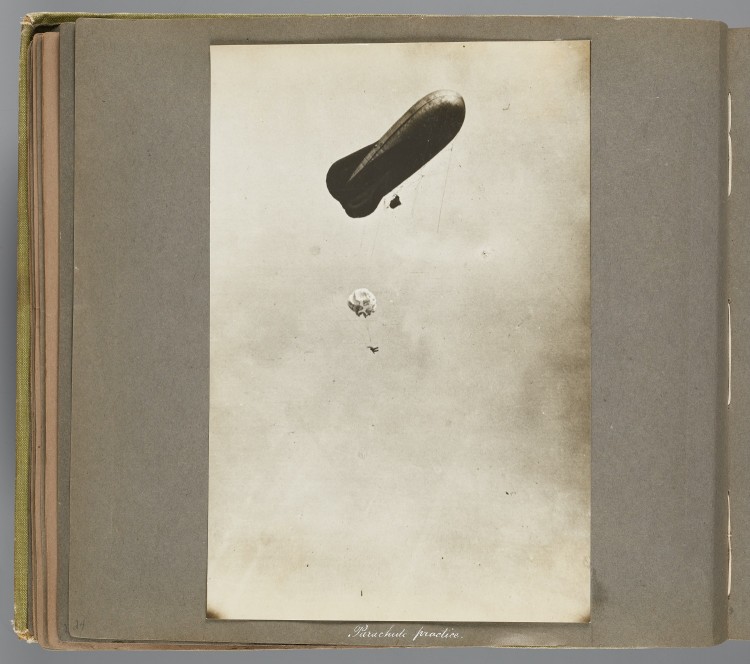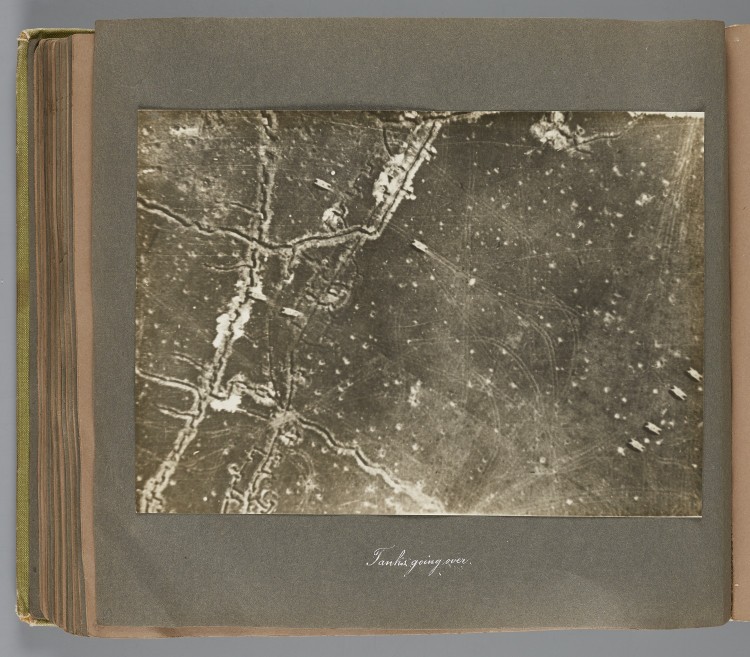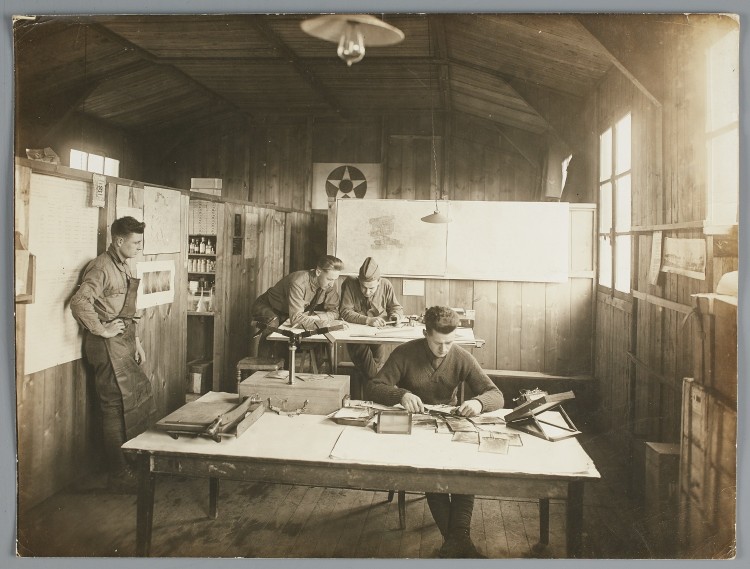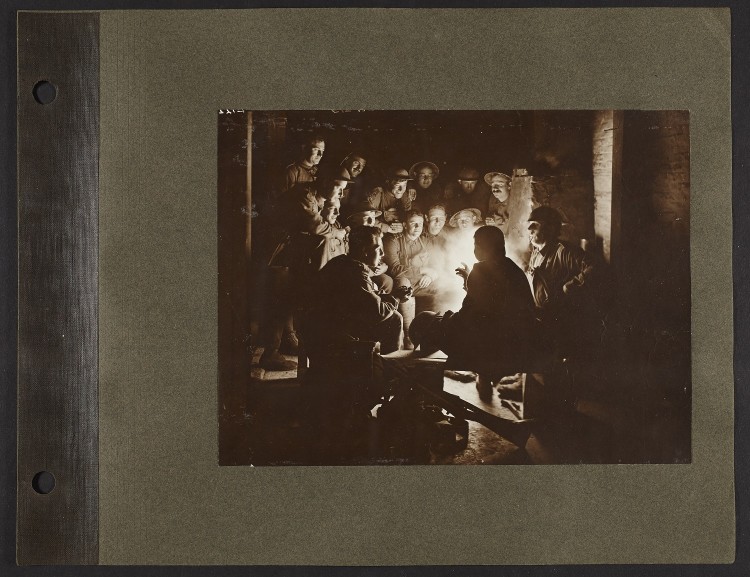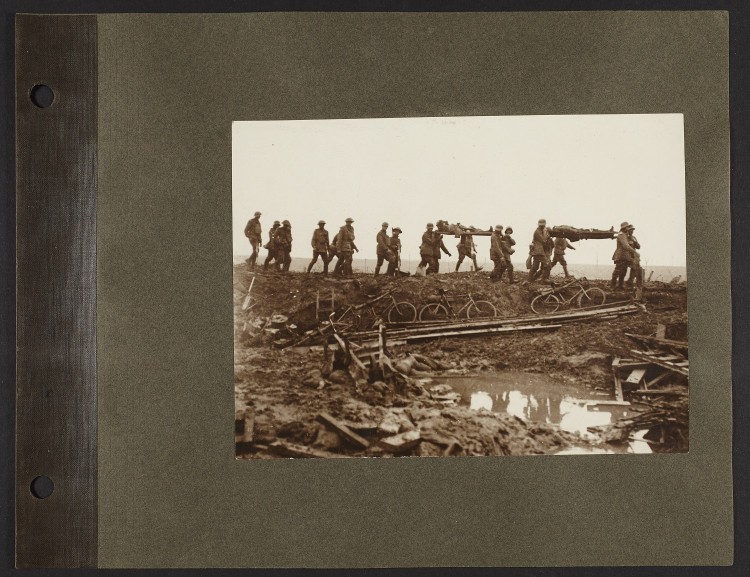Images of war

Unknown Photographer, German. Silhouette of airplane in flight, around 1914–1918. Gelatin silver print, 13 x 18 cm. Anonymous Gift, 2004. 2004/303.2 © 2018 Art Gallery of Ontario.
The First World War was a time of violence and destruction. It was also a time of rapid changes in technology for the military and aviation. Photography’s technology also evolved. A new AGO exhibition, Photography: First World War, 1914–1918, on now as part of the Scotiabank CONTACT Photography Festival, highlights the fascinating role photography played in the war.
The millions of photographs taken by military officials, press agencies, soldiers and civilians made the First World War the most photographed war up to that point in history. The AGO has nearly 500 albums from this period thanks to a collection, generously donated in 2004 by a private collector, which features images from different sides of the conflict including British, French, German, Canadian, Austrian, American, Australian, Italian, Czech and Russian. Many of the photographs were developed confidentially as highly classified records, offering views of war rarely seen.
In the Edmond G. Odette Family Gallery on Level 1, the exhibition will highlight new military uses for photography. During the war, cameras were mounted on planes for the first time. Aerial photography became a new tool for surveillance and mapping territory, influencing both the operation and outcome of the war. Remember that aerial views were entirely new to viewers of that time. Soldiers had to learn how to make and read these images. And after the war, many avant-garde artists, such as László Moholy-Nagy and Germaine Krull, began to feature high vantage points in their work.
Images of Flying Aces – a term coined during the war for successful combat pilots – were widely circulated as postcards and trading cards, highlighting pilots’ status as national heroes. There are also photographs of airplanes and zeppelins snapped from the ground and the sky. In previous wars, military photographs were often posed, but newer and smaller cameras allowed civilians and soldiers to capture spontaneous moments from the Front.
In the Robert & Cheryl McEwen Gallery, works by Australian war photographer James Francis “Frank” Hurley (1885–1962) will be featured. Hurley was just back from the Shackleton expedition to Antarctica when he was sent on assignment to the Western Front. His album, Australian Units on the Western Front (1916–1918), includes photographs of soldiers in action and at ease as well as the grimmer realities of war: casualties, scorched landscapes, and destroyed architecture. The increase in shutter speed allowed photographers like Hurley to capture explosions for the first time.
Don’t miss Photography: First World War, 1914–1918, now open at the AGO as part of the Scotiabank CONTACT Photography Festival.
A second rotation of photographs will open on November 10, just ahead of Remembrance Day, and will be on view until April 14, 2019.
Are you an AGOinsider yet? If not, sign up to have stories like these delivered straight to your inbox every week.

